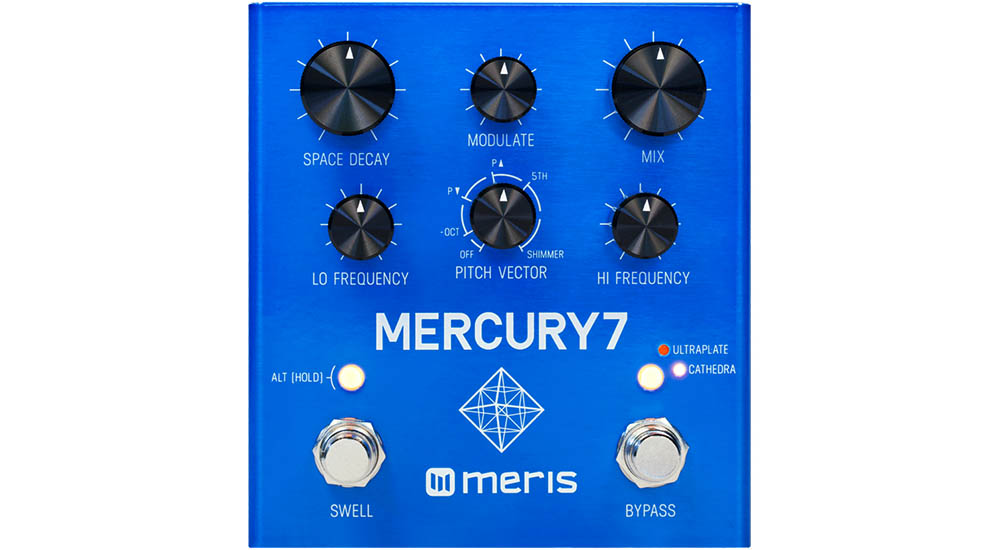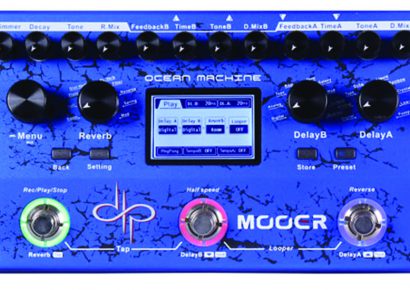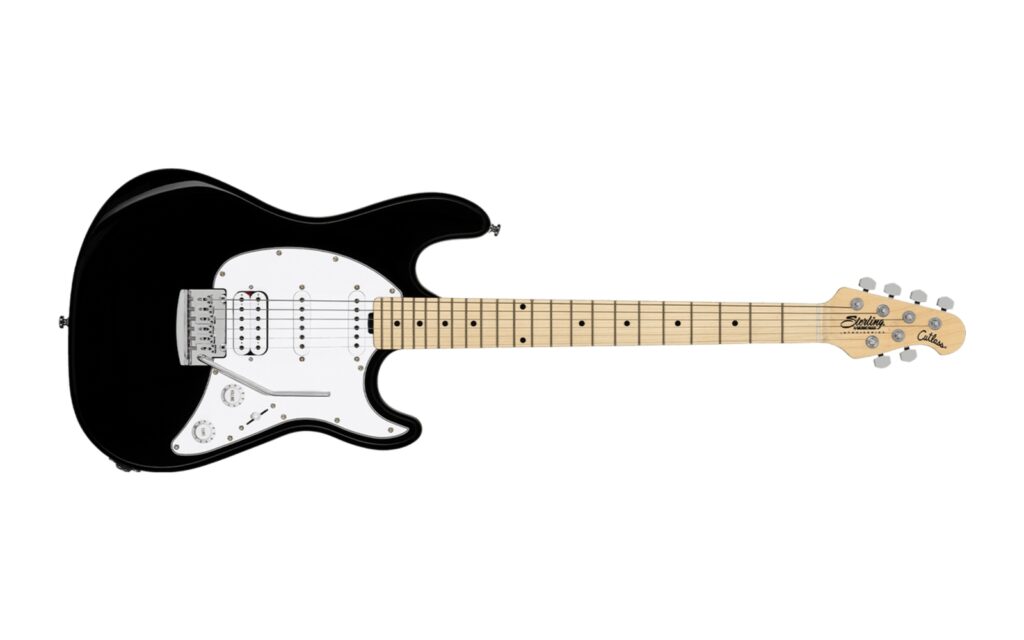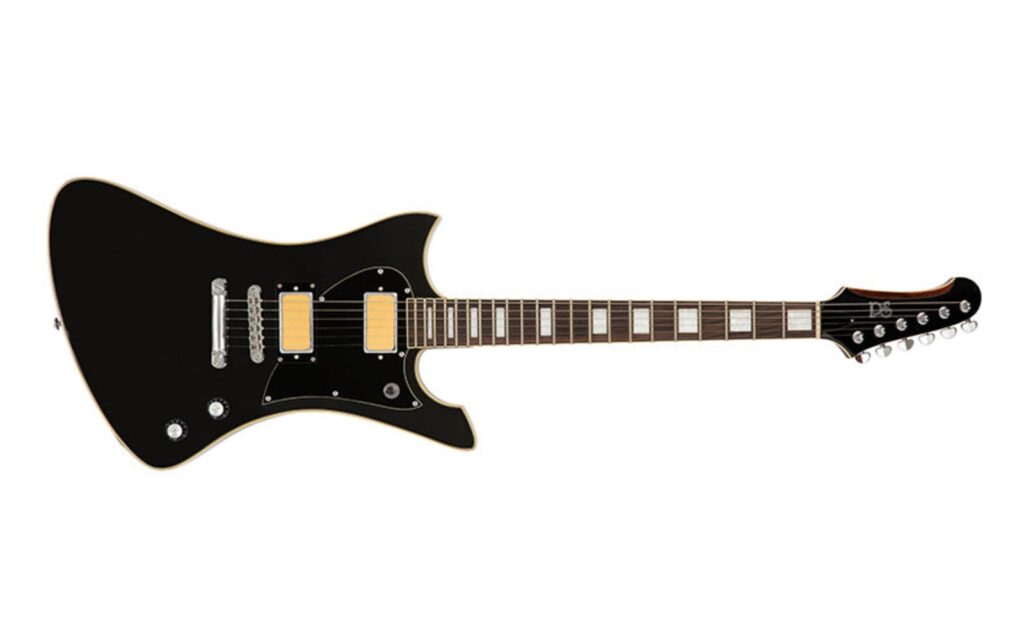The Mercury7 is inspired by Vangelis’ 1982 Blade Runner soundtrack, so straight out of the gate you know this is going to be a worthwhile investment for fans of the dramatic studio and rack reverbs that are hallmarks of that era. For dark, moody and atmospheric sounds the Mercury7 has you covered in spades, without sounding like an imitation of any other similar reverb pedal within its price range. It’s doing its own thing, and it’s all the better for it.
As for the nuts and bolts of it all, the Mercury offers the best of both worlds. On one hand, set your controls to taste, and it’ll take care of the rest. It’s virtually impossible to get a bad sound out of this thing. However, while it’s easy to get cracking right out of the box there’s enough going on under the hood to tweak to your heart’s content – as well as the ability to control parameters with an expression pedal for sculpting your sound on the fly. Built with a sturdy aluminium enclosure, this is a weighty stomp box that is clearly built with quality and long-term use in mind.
Six knobs will work you through all the sounds you’ll need to saturate your tone in rich, gooey reverb – from expansive, cosmic reverbs, crystal clean hall sounds, modulated shimmers and lush warbles. At the heart of it all is the space decay control that’ll set the size of the space in its primary mode while adjusting pre-delay in its alt function. As you might’ve guessed by the name, the amount of reverb on tap here is vast. Think a wash of blissful ambience echoing through an abandoned cathedral and you’re on the right track. The mix knob will come into play here, offering you the chance to blend your original guitar signal to the front or the back of the spatial field – all the way down to a washed out echo.
Arguably, the modulation controls are really what give the Mercury7 an edge over its competition. The dedicated modulation knob will set the overall depth of the algorithm, while the pitch vector will colour your sound with shimmering harmonics ranging from a slight warbling chorus effect, impeccable upper octaves, or adding some weight by dropping down to the octave below. It’s possible to get some brilliant faux organ sounds by experimenting with this control, and this is where much of what makes this pedal so inspiring comes into play. Coupled with the swell control that’s operated by holding down the switch with your foot, the Mercury is bestowed with a whole new level of expression – actively moving with your sound and performance as opposed to simply passively expanding it. With both high and low frequency controls, you’re also able to tweak the reverb’s tone to your taste. This makes it easy to carve out cavernous, long-reaching reverbs without being overwhelmed by the sheer size of it. And while 32 Bit DSP hardware is not necessarily new to the pedal world at this point, the quality of the Mercury’s build coupled with top of the range A/D and D/A converters must be noted. It makes for a clean, noiseless operation every time – which is essential when you’re going to be putting your signal under a microscope with a reverberating effect like this.
There’s a myriad of reverb effects on the market today, so no matter your preference you will not be short for choice. While the Mercury7 isn’t for everyone, it executes the lush ambient reverbs it sets out to explore with flying colours. Don’t buy this if you’re just looking to fill out your sound with some natural space, or even if you’re trying to look for a simple modulated chorus. However, if you’re ready to dive off the deep end into a cosmos of immersive sounds that will offer a plethora of inspiring choices for a long time to come – then you’ve just found your new favourite piece of gear.





